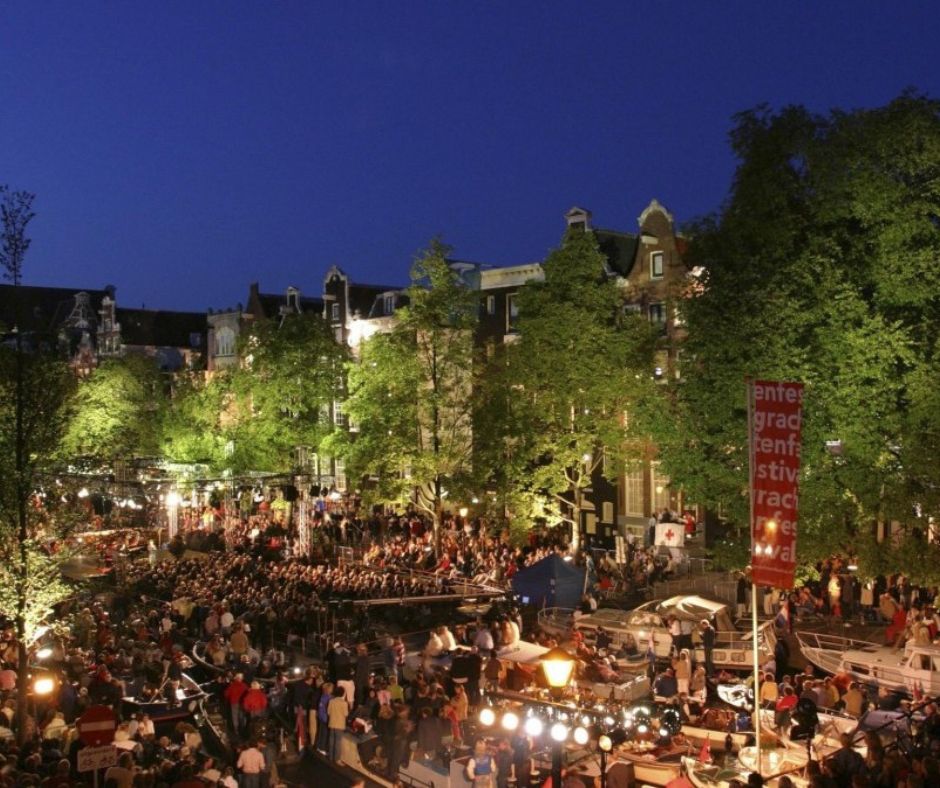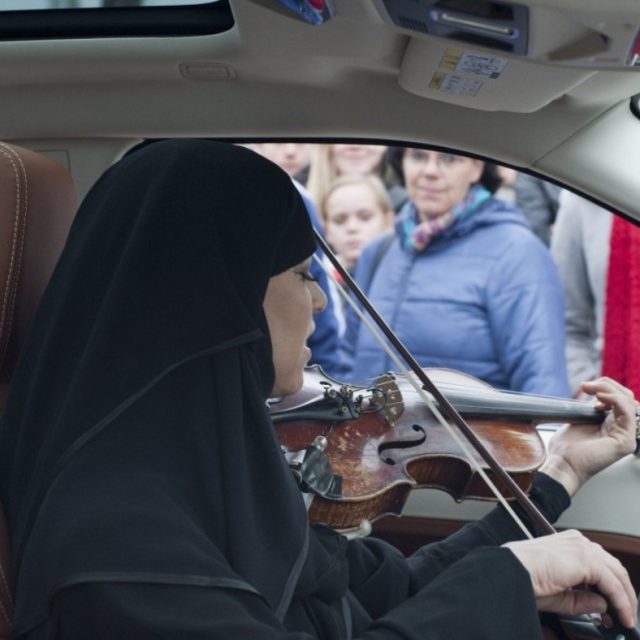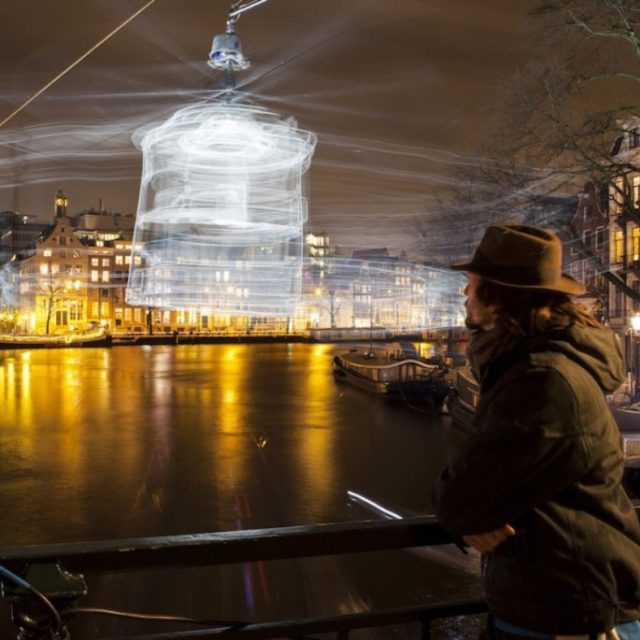INVESTING HEAVILY IN CULTURAL INFRASTRUCTURE
Amsterdam is the capital of the Netherlands, and is also one of Europe’s most visited cities

Cultural Heritage
The city of Amsterdam was founded as a fishing village developed around a dam in the Amstel River at the end of the 12th century and quickly developed into a hub for trade, art and politics. The city was also involved in the Enlightenment movement of the 18th century and built a reputation for liberalism and tolerance. Today around 2.5 million people live in the wider metropolitan area, with a third of Amsterdam’s residents born outside the Netherlands.
Amsterdam is home to a number of world-renowned museums and iconic art sites. Historic landmarks include UNESCO World Heritage Site canal ring and a number of cultural attractions. Famous painters such as Rembrandt and Vermeer have been popularly associated with the city.
In modern times, that liberalism has expressed itself variously in support for its LGBTQI+ community, its legalisation of soft drugs and sex work, and in attracting a multicultural population.
The city will celebrate its 750th birthday in 2025.
Embracing Change
The city combines historic assets such as its UNESCO World Heritage Site canal ring, and famous painters from Rembrandt and Vermeer, with a vibrant modern creative sector and night life. This includes its yearly Amsterdam Dance Event, which is the largest electronic music festival in the world, DGTL, a global festival aiming to become the first circular, climate-neutral event of its scale, and in 2021, the launch of Amsterdam’s first Night Vision Strategy.
Over the last two decades, Amsterdam has invested extensively in cultural infrastructure. More than 25 institutions have been built, rebuilt or refurbished, including the central public library, the Rijksmuseum, the Stedelijk Museum, Hermitage Amsterdam and the De La Mar theatre. Much of this was financed via public-private partnerships.

The Role of the Policymaker
The city spends an annual budget of €136 million on arts and culture, as part of its Cultural Strategy 2021-24. The Cultural Strategy focuses on diversity and inclusion and the institutions it supports will have an action plan to deliver this.
One of Amsterdam’s most pressing problems is a lack of space and rising costs of living, which is making it very hard to secure real estate for the cultural sector, as well as pushing creatives out of the city. It is therefore developing new ways to make space at least temporarily available, including offering vacant land and buildings for cultural events – and extending the use of street space. Additionally, artists can apply to rent living or studio space directly from the city itself, helping with affordability.
Preserving its international links is also a priority. Amsterdam has attracted artists from abroad with festivals including Dance Summer Forever, featuring hip hop, and the Holland Festival, showcasing performing arts. The city also sees its citizens’ international connections as an advantage in developing a world-facing culture. Just one example is the Andalusian Orchestra, based in Nieuw-West, which creates work with artists from Marrakesh, Tangier and Casablanca.
Amsterdam is supporting cultural organisations that explore digital and innovative ways to reach audiences. A new public-private partnership, DigitALL, is designed to help cultural institutions connect with the public through digital technology. It works with all types of institutions but with a focus on collaboration between different cultural institutions.
The Future
Prior to the pandemic, many involved in culture and tourism in the city feared that the scale of tourism was making Amsterdam unliveable for residents. Issues ranged from too many properties repurposed for short tourist lets, shops selling souvenirs squeezing out those serving everyday needs; a spiralling cost of living; and permanent tourist crowds. Proposed policy interventions included encouraging high spend cultural tourists and guiding them around the city with dedicated apps, while discouraging low spend groups likely to disrupt Amsterdam with anti-social behaviour. However, the Covid-19 pandemic gave the city the opposite problem of too few tourists – first due to lockdowns and then due to a slow return of visitors.
As the City confidently develops its cultural offering for its citizens, it is still grappling with the tension between over-tourism and under-tourism.
Images copyright © Getty Images/Canva & City of Amsterdam




